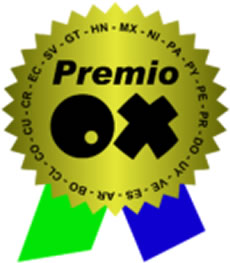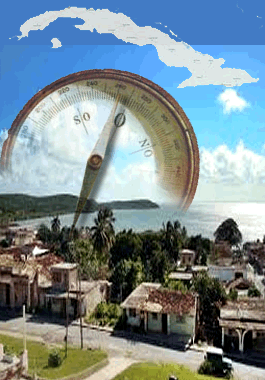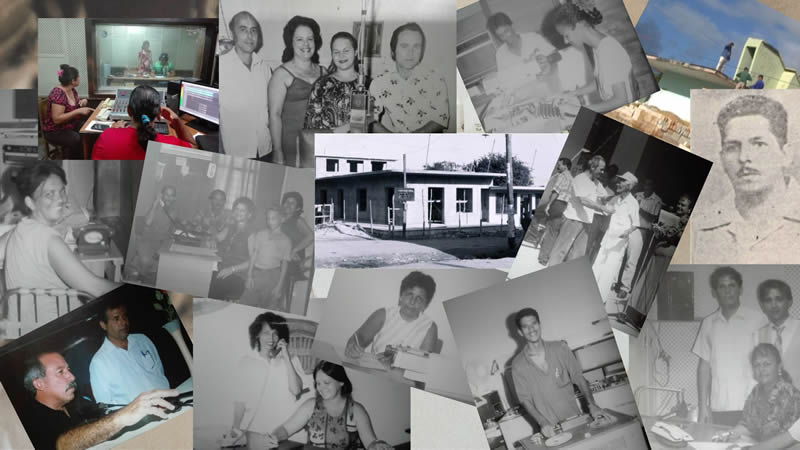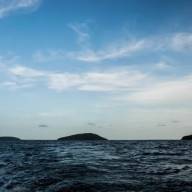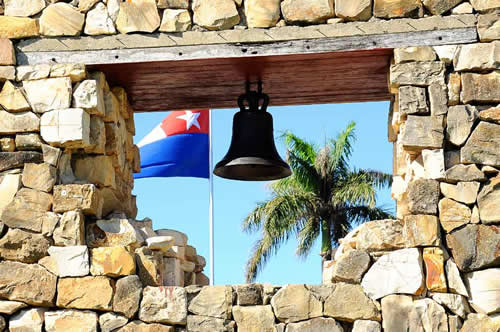 Oct, 2024.- It was a wet day, with pleasant temperatures, but also a historic day because Carlos Manuel de Céspedes, a landowner from Bayamo, anticipating the date, gave freedom to his slaves and exhorted them to join the battle. It was the dawn of October 10, 1868:
Oct, 2024.- It was a wet day, with pleasant temperatures, but also a historic day because Carlos Manuel de Céspedes, a landowner from Bayamo, anticipating the date, gave freedom to his slaves and exhorted them to join the battle. It was the dawn of October 10, 1868:
"People, that sun that you see rising on the summit of the Turquino comes to illuminate the first day of Freedom and Independence of Cuba".
Céspedes explained the reasons for the armed uprising, also known as the Manifiesto of October 10:
"When a people reach the extreme of degradation and misery in which we are, no one can reproach them for making use of arms to extricate themselves from a state so full of shame. The example of the greatest nations authorizes this last resource".
But the insurrectionary outbreak was not only crystallized with the bells of the La Demajagua sugar mill, about 15 kilometers from Manzanillo, now Granma province. The cry for independence reached many parts of the nation. 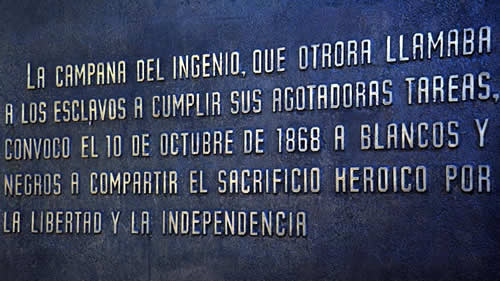 The Spanish authorities gave orders to adopt various steps to prevent the La Demajagua uprising from being supported by other patriots, among them the residents of Camagüey.
The Spanish authorities gave orders to adopt various steps to prevent the La Demajagua uprising from being supported by other patriots, among them the residents of Camagüey.
The operations started in that region were later extended to other Cuban areas, first to Camagüey and later to Las Villas - currently Villa Clara.
In Camagüey, on October 28, 1868, a group of 25 rebels, led by Pedro Recio Agramonte, began some procedures. In response to this action, the Spanish troops reinforced the garrison of Santa Cruz del Sur and built fortifications and barracks.
These steps stopped the organization of a mambi military structure in the southern territory, belonging to the Southern Brigade of the Liberation Army.
When the La Demajagua uprising took place, numerous patriots of the Camagüey territory, motivated by the mutiny of the slaves, mainly those of Serapio Recio, in the farm of Cuatro Compañeros, did not hesitate for an instant: they joined the fight for the independence of Cuba. Many joined the Infantry of the Third Corps of the Liberation Army and later the Cavalry of Major General Ignacio Agramonte.  The Cuban people were engaged in a war against an enemy superior in numbers and weapons, so the Liberation Army applied effective guerrilla warfare.
The Cuban people were engaged in a war against an enemy superior in numbers and weapons, so the Liberation Army applied effective guerrilla warfare.
Most of the men who made up that rebel force were illiterate and, in response to that situation Ignacio Agramonte established, among his troops, study sessions, where with the tip of a knife he taught them to read and write on the bark of trees and to fend for themselves.
Martí rightly stated that "in the pure and remote places of the countryside great forces are bred". The Major became the chief and master of that Army he was forming, supported by the men he had already shaped.
The combatants learned military discipline and the handling of weapons, seated on cuje benches, under a palm tree, as attentive as if they were in a military academy:
"Only a man blessed with very special conditions could carry it out; fortunately -said the writer Enrique Collazo-, the one who had to do it was Agramonte. He began by transforming himself: the young man with a brave and passionate character was replaced by the stern and fair general, careful and loving of his troops; he moralized with words and practice, becoming a teacher and model for his subordinates, beginning to form, in misfortune and danger, the basis of a disciplined and enthusiastic army". 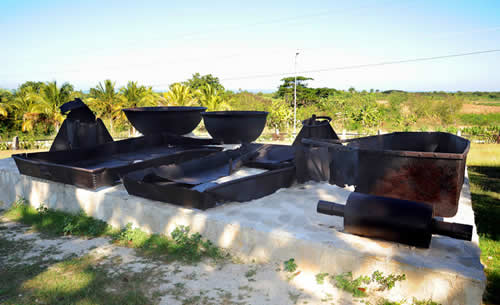 During ten years of bloody struggle, the Cubans would reveal to the world their heroism and courage, defying an army superior in arms and men.
During ten years of bloody struggle, the Cubans would reveal to the world their heroism and courage, defying an army superior in arms and men.
Although the objectives of abolishing slavery and reaching independence were not achieved, this insurrectionary outbreak gave rise to the liberation awakening of the Cuban people, which would conclude with the dawn of January 1, 1959.



